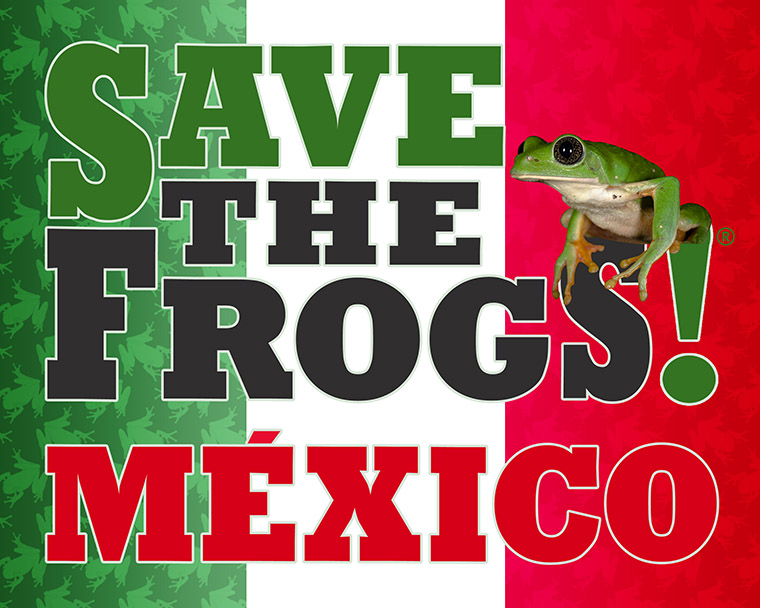

However, like many animal species on this Earth, frogs are also endangered. The little amphibians, of which there are over 5,000 species, are fans of insects such as mosquitos, as they gobble them up voraciously to help keep their numbers at bay, which also helps ensure the health and comfort of human life. Not only do they play an important role in keeping the global ecosystem in check, but they are an unmistakable part of the atmosphere, as their croaks add to the ambiance of nature and in some areas, signal the beginning of springtime. Frogs have been a part of the Earth’s ecosystem since the Triassic period and are found all over the world. This holiday was created to promote education and conservation efforts for the little amphibians. Kerry Kriger of the Save the Frogs organization. Finally, raising awareness through formal education, training, and engagement with various bodies of relevant stakeholders is vital to abate prevailing threats towards the frog population.Save the Frogs Day was founded in 2009 by Dr.

Other national and local legislations need to be introduced as well. The convention on International Trade in Endangered Species ( CITES) is an agreement between 183 countries that prevents trading of wild animal species if their survival is threatened, and these regulations need to be implemented properly as frogs are consumed as human food in many places.

The spotted tree frogs which were being decimated by the amphibian chytrid fungus were saved from extinction by a team of scientists from the Amphibian Research Centre in Melbourne through captive breeding and they have since been re-introduced in the Kosciuszko National Park after 15 years. Similarly, ex-situ conservation practices such as captive breeding/artificial propagation, genome resource bank formation may have a positive impact on frog growth. Moreover, a control mechanism against pathogenic diseases as well as invasive species remains crucial. Habitat restoration by constructive management of national parks, wildlife sanctuaries, protected in-land water bodies is essential. This could be achieved by taking policies and strategies of industrialization, urbanization, and farming that are eco-friendly especially towards the frog population. To save the critically endangered and endangered frog species, it is necessary to take multiple actions. First and foremost, the natural breeding cycle and propagation of frogs need to be ensured by conserving their current habitats. 0.5% of the total species became extinct amounting to 32 where 18 of those were from Sri Lanka.

Colombia, Mexico, Ecuador, and Haiti are at the top of the list harboring critically endangered species which account for 72, 26, 43, and 31 respectively. Other noteworthy countries are Brazil (197), China (199), Indonesia (156), Peru (159), Malaysia (133), Mexico (106), India (113), and Vietnam (128).Ĩ.6% and 14% of all frog species are listed as critically endangered and endangered respectively whereas 9.5% are vulnerable which is a concerning situation considering their ecosystem importance as both predator and prey. Major countries of concern are Colombia, Madagascar, Ecuador where the number of species with declining frog populations is 317, 241, and 220 respectively. South America is home to 905 of these species which is highest followed by South and Southeast Asia amounting to 573 and the Sub-Saharan region having 482 species. 2562 of these species are currently tumbling in numbers. Among them, 42%, 29.2%, 28.8% of the total species are terrestrial, aquatic, and amphibian respectively. According to IUCN data, there are 6343 species of frogs in the world.


 0 kommentar(er)
0 kommentar(er)
